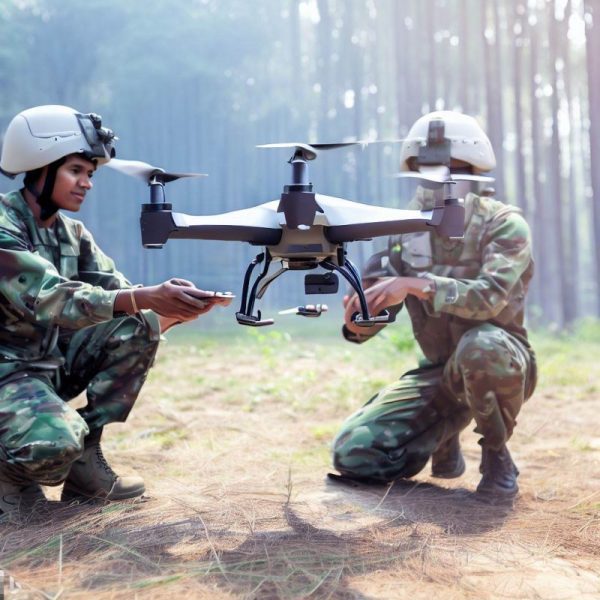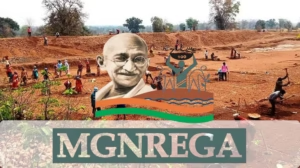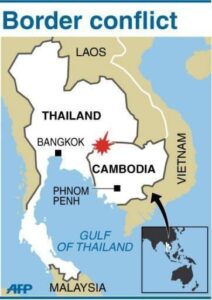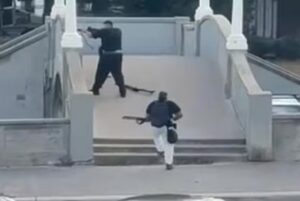Exercise Siyom Prahar — Indian Army
Basic Facts
| Attribute | Details |
|---|---|
| Name | Exercise Siyom Prahar |
| Conducted by | Indian Army |
| When | 8–10 September 2025 |
| Where | Arunachal Pradesh (strategically sensitive northeast sector) |
| Purpose | Validate the use of drones and unmanned aerial systems (UAS) in real battlefield conditions and refine tactics, techniques & procedures (TTPs). |
Key Features
Realistic Battlefield Simulation
Conducted in high-altitude and difficult terrain of Arunachal Pradesh.
Simulated near-real combat scenarios to test decision-making, mobility, and logistics.
Extensive Use of Drones
Surveillance: persistent monitoring of battlefield activities.
Reconnaissance: mapping terrain and enemy movements.
Target Acquisition: identifying enemy positions with precision.
Precision Strikes: engaging targets with minimal collateral damage.
Integration of Drone Intelligence
Combined drone-derived data with artillery, infantry, and conventional firepower.
Enabled faster, more accurate targeting.
Improved coordination across units by refining joint targeting processes.
New Tactics, Techniques & Procedures (TTPs)
Validated innovative battle strategies for drone deployment.
Tested decision-making cycles in fast-changing combat conditions.
Focused on fusing drone intelligence with conventional warfighting assets.
Emphasis on Synergy
Showcased adaptability and cooperation between traditional combat arms and modern technology.
Highlighted importance of combined arms operations in future warfare.
Significance
Strategic Location: Conducted in Arunachal Pradesh, demonstrating readiness in sensitive border regions.
Future Warfare Readiness: Shift from manpower-centric to technology-centric battles.
Force Multiplier: Drones reduce troop risk while expanding situational awareness.
Joint Operations: Showcased the importance of blending modern tech with existing capabilities.
Doctrinal Development: Provides lessons for updating training manuals, procurement, and operational doctrine.
Rapid Decision-Making: Compressed the “sensor → decision → action” cycle, essential for 21st-century warfare.
Challenges Identified
Reliability in Harsh Terrain: Weather and altitude can impact drone performance.
Counter-Drone Threats: Adversary’s jamming and electronic warfare pose risks.
High Costs: Procurement, training, and maintenance remain resource-intensive.
Ethical Concerns: Rules of engagement must balance precision with civilian safety.
Integration Issues: Requires robust, secure communications for real-time data fusion.
Broader Defence Context
Fits into India’s defence modernisation drive and Aatmanirbhar Bharat in military tech.
Reflects India’s shift toward network-centric warfare with drones, AI, and real-time surveillance.
Complements India’s border defence strategy, especially in high-altitude regions.
Demonstrates India’s proactive adaptation to evolving global warfare trends.
Mains-Style Answer (180–200 words)
Significance of Exercise Siyom Prahar in India’s Military Preparedness
Exercise Siyom Prahar, conducted by the Indian Army in Arunachal Pradesh from 8–10 September 2025, is a landmark step in India’s military modernisation. The exercise validated the use of unmanned aerial systems under realistic battlefield conditions, focusing on surveillance, reconnaissance, target acquisition, and precision strikes. By integrating drone intelligence with conventional firepower, the Army refined tactics, techniques, and procedures (TTPs) for modern battlefields.
The exercise demonstrated the Army’s readiness to operate in high-altitude terrain while enhancing operational synergy between traditional combat arms and technological enablers. It also stressed the importance of rapid decision-making cycles, crucial for dynamic and unpredictable combat environments. Conducting such drills in Arunachal Pradesh highlights India’s strategic focus on strengthening preparedness in sensitive border regions.
While the exercise revealed challenges such as counter-drone threats, high costs, and integration issues, it reinforced India’s resolve to harness technology as a decisive factor in warfare. By merging indigenous innovation with proven combat experience, the Indian Army continues to ensure future-readiness, force multiplication, and operational superiority in the evolving spectrum of conflict.






